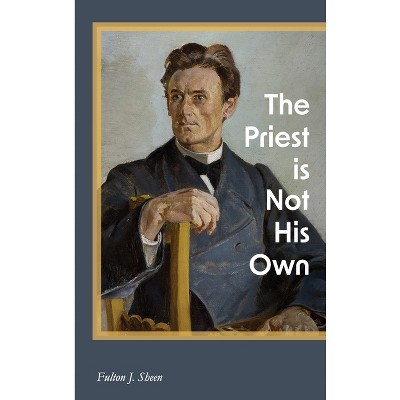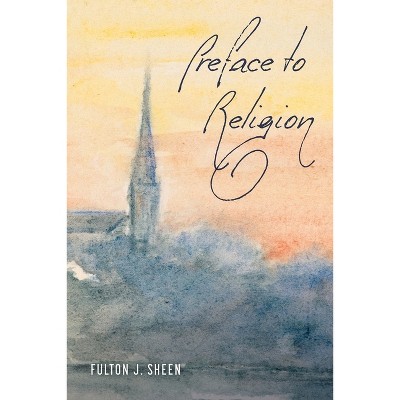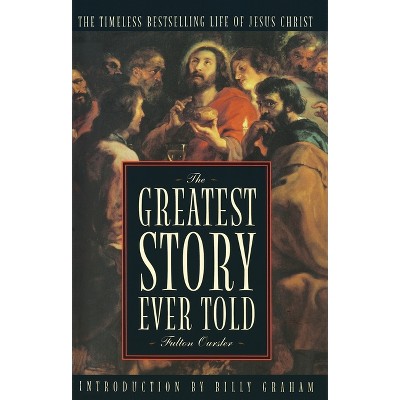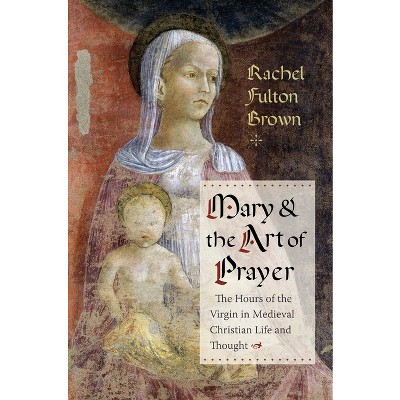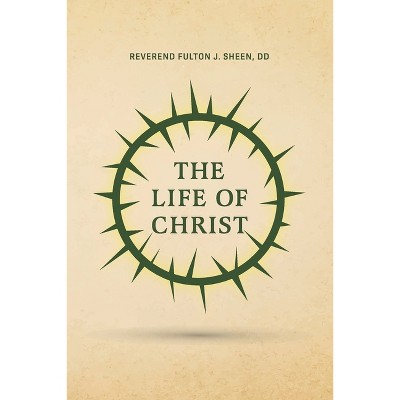Sponsored

From Judgment to Passion - by Rachel Fulton Brown (Paperback)
In Stock
Sponsored
About this item
Highlights
- Devotion to the crucified Christ is one of the most familiar, yet most disconcerting artifacts of medieval European civilization.
- About the Author: Rachel Fulton is asssociate professor of history at the University of Chicago.
- 752 Pages
- Religion + Beliefs, Christianity
Description
About the Book
How and why did the images of the crucified Christ and his grieving mother achieve such prominence, inspiring unparalleled religious creativity as well such imitative extremes as celibacy and self-flagellation? To answer this question, Fulton ranges over developments in liturgical performance, private prayer, doctrine, and art.
Book Synopsis
Devotion to the crucified Christ is one of the most familiar, yet most disconcerting artifacts of medieval European civilization. How and why did the images of the dying God-man and his grieving mother achieve such prominence, inspiring unparalleled religious creativity as well such imitative extremes as celibacy and self-flagellation? To answer this question, Rachel Fulton ranges over developments in liturgical performance, private prayer, doctrine, and art. She considers the fear occasioned by the disappointed hopes of medieval Christians convinced that the apocalypse would come soon, the revulsion of medieval Jews at being baptized in the name of God born from a woman, the reform of the Church in light of a new European money economy, the eroticism of the Marian exegesis of the Song of Songs, and much more.
Devotion to the crucified Christ is one of the most familiar yet disconcerting artifacts of medieval European civilization. How and why did the images of the dying God-man and his grieving mother achieve such prominence, inspiring unparalleled religious creativity and emotional artistry even as they fostered such imitative extremes as celibacy, crusade, and self-flagellation?
Review Quotes
[Fulton's] magisterial book constitutes a distinguished contribution to the history of empathy.--Karl F. Morrison "Journal of Religion"
A rich and stimulating study which stands in its own right and also offers potential avenues for future work.--Sarah Hamilton "History: The Journal of the Historical Society"
Fulton displays an expert knowledge of a most impressive array of sources including theology, liturgy, hagiography, and religious art.--Mary F. Thurlkill "Religious Studies Review"
Fulton in this extraordinary book reconstructs the early history of devotion to the human and, ultimately, suffering Christ, from late antiquity through the age of Anselm of Canterbury, Peter Abaelard, Bernard of Clairvaux, and Peter Damian.... A work of extraordinary erudition, this book revolutionizes our knowledge of medieval spirituality.-- "International Review of Biblical Studies"
Fulton's clarity of thought and thoroughness of explication make her study as compelling as it is challenging.--Marsha L. Dutton "Catholic Historical Review"
Fulton's sophisticated analysis of medieval prayer and liturgy reexamines the medieval conceptions of judgement, passion and salvation, and presents valuable new insights into the developements of the cult of the suffering Jesus and the compassionate Virgin Mary. This is truly an important book.-- "Choice"
Of interest to medievalists across the disciplines of history, art history, religious studies, and literature.--Wanda Zemler-Cizewski, Marquette University "Speculum"
One of the most subtle, moving, and important books in medieval religious history published over the last several decades.--Kevin Madigan "History of Religions"
The book offers remarkable depth as well as breadth in a most commendable manner.-- "Library Journal"
This intellectual tour de force... paints in breathtaking strokes a gorgeous tapestry of the loyal devotion to the Man of Sorrows and the Mater Dolorosa.-- "Publishers Weekly"
This is a courageous book. Fulton is party to no trend, faction, or fashion...I have not read a book in many years that taught me so much or moved me so deeply as this one.--Thomas F. X. Noble "Theological Studies"
This is an important book that will continue to be read for very many years.--Srah Jane Boss "American Historical Review"
About the Author
Rachel Fulton is asssociate professor of history at the University of Chicago. She has held fellowships from the American Council of Learned Societies and the Lilly Endowment, and she has been a Fellow at the National Humanities Center, where she began work on this book. Her current project is a study of the cognitive and ritual making of prayer in the monastic culture of the medieval West.Shipping details
Return details
Trending Non-Fiction






